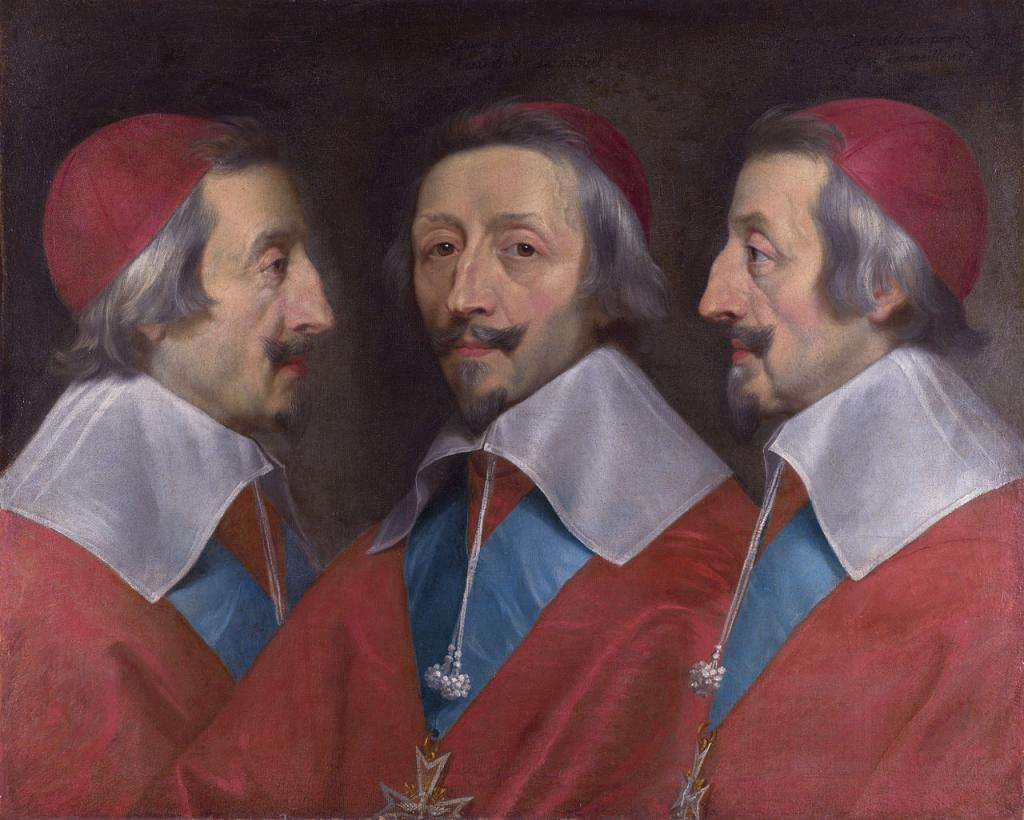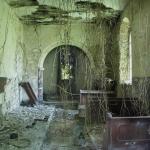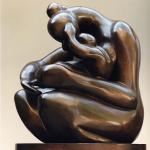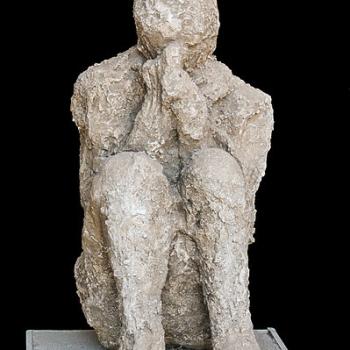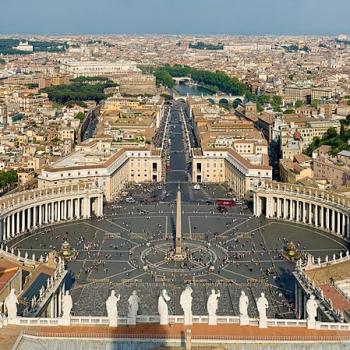This is part five in the “Reform” Series by Guest Writer William M. Shea
The Aim of Reform
The aim of reform in this age is to put a definitive end to clericalism, that culture of Christian people with regard to governance that has reigned in The Church since The Church aligned itself with the imperial power and structure of the age of Constantine. The papacy is the epitome and font of the culture of clericalism. Clerical culture manifests itself in episcopal and priestly monopoly rule over and ownership of the churches and all other ministries and activities of the churches. The reign of the clerics must be ended because (a) it divides the church illegitimately into clergy and lay, and (b) the ordained ministers have shown themselves to be untrustworthy, (c) it inevitably renders lay Catholics passive in evangelical terms.
Even the churches of the Reformation are afflicted by clericalism, though for the most part in a less virulent, though sometimes more deadly form. The culture of clericalism is ubiquitous in the Catholic churches and is marked somewhat differently in the Eastern Orthodox and Western churches by hierarchical structure, celibacy, and intensity of misogynism. True, clerical culture lasting as it has over fifteen hundred years was a major contributor to the cultures of the West and the East, and it allowed for at least a mediocre spiritual and material ministry to the Christian people. However, it degenerated into monarchism, totalitarianism and corruption both spiritual and material. Every reform movement in the Church has been assimilated by the clerical culture with varying degrees of success, including the early monastic movement East and West, the Western reform movement of the medieval religious orders, the Reformation of the sixteenth century West and even the reforms decreed by Vatican II. The reform impulses of the second Vatican Council were inspired by clerics, yet in fact, after Vatican II, the Roman High Priests put an end to the reforms timorously announced by their predecessors in the Great Council.
Is Clericalism Essential?
Clerical culture is protean and omnivorous. Some would say with reason as well as conviction that the clerical caste system is essential to Catholicism and that without it there would be no Catholic church, that the episcopacy and the priesthood are God’s doing., and that without them the Roman Catholic Church would be just another Protestant “sect.” That may be true from a traditionalist perspective but I think that the Roman Catholic ecclesiastical structure is not normative and the only legitimate form of Christian governance. Orthodox, Anglican, and Protestant traditions are proof of this. “Essential to Roman Catholicism” is one thing; essential to the church catholic is another.
The papacy should not be seen as the will of God for the church in any special way, any more or any less than a Reformed Presbytery or the Southern Baptist Convention or the Dalai Lama. Leadership is generated by the churches in different ways and forms. God does not respect some ecclesiastical arrangements over others. The Mormons have theirs and we Catholics have ours. The papacy is a natural growth (and too frequently a deformation) of the leadership of the Christian communities begun after the capital of the Roman empire was moved to the east and the bishops of Rome began to claim hegemony over the churches of East and West, in effect proclaiming itself the Emperor of Christendom, supporting this gradual but never-ending seizure of spiritual and material power by a variety of claims to divine institution and authority.
Papacy as Monarchy
True, historically speaking, the authority of the bishops of Rome provided a needed check to the attempts of the secular authority to control the bishops and local churches. However, the papacy turned the ministry of the bishops of Rome to an institutionally self-centered crushing or subjection of other gifts of the Holy Spirit to the administrative power of a papal monarchy and the subordination of divine grace to the higher clergy. It seems that most if not all the poor souls who are elected to the papal office are seized immediately by an obsession driving them to assert the rights and privileges of the divine monarchy. If the whole church structure is to be reformed the papacy must be the prime site of the transformation, not only causing reform but undergoing it. However, it is no use waiting on a pope to reform the church. A pope may be counted upon to reform this or that, but not his own divine office and its prerogatives. When John Paul II wrote in Ut unum sint that he hoped the Protestants and Orthodox would help reshape the petrine office in a way that it would be greater service to church unity, I don’t think anyone took him seriously, not even himself.
My father’s friend, Pat Howley (RIP), an IRA man in the old country who was refused absolution by a priest when Pat was in jail for revolutionary activities, often said to me when he was in his cups, “The Irish are a priest-ridden people, Billy.” So they were. Pat kept on saying that to me when I was a seminarian and a priest. He didn’t want me to forget. Catholics are a priest-and-bishop and pope-ridden people to this day.
image credit: https://en.wikipedia.org/wiki/File:Triple_Portrait_of_Cardinal_de_Richelieu_probably_1642,_Philippe_de_Champaigne.jpg

